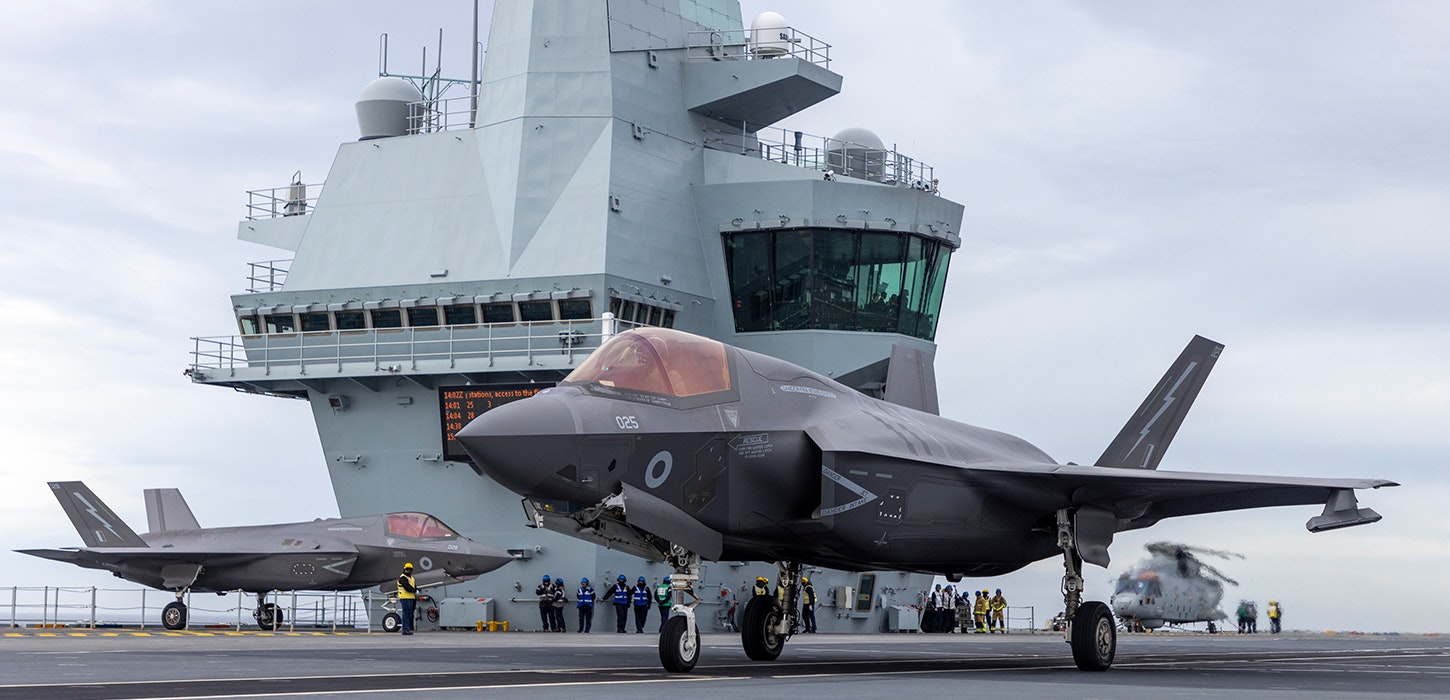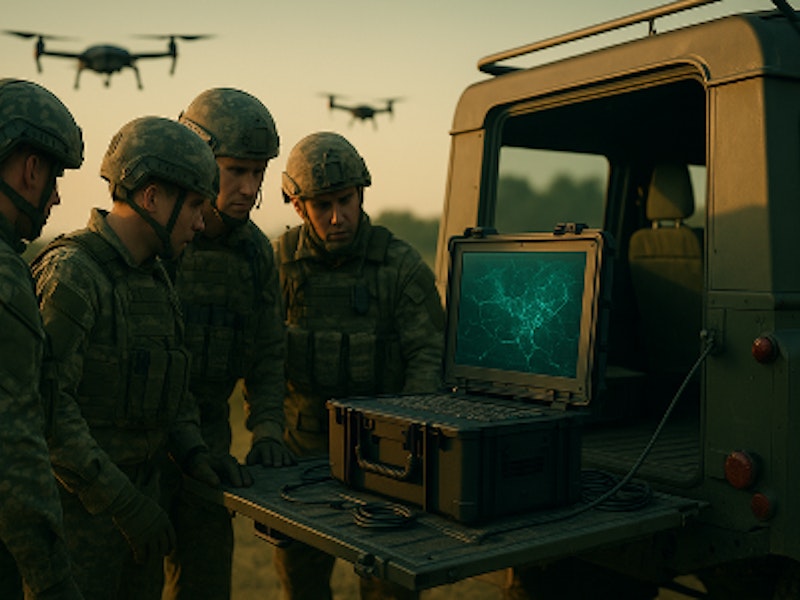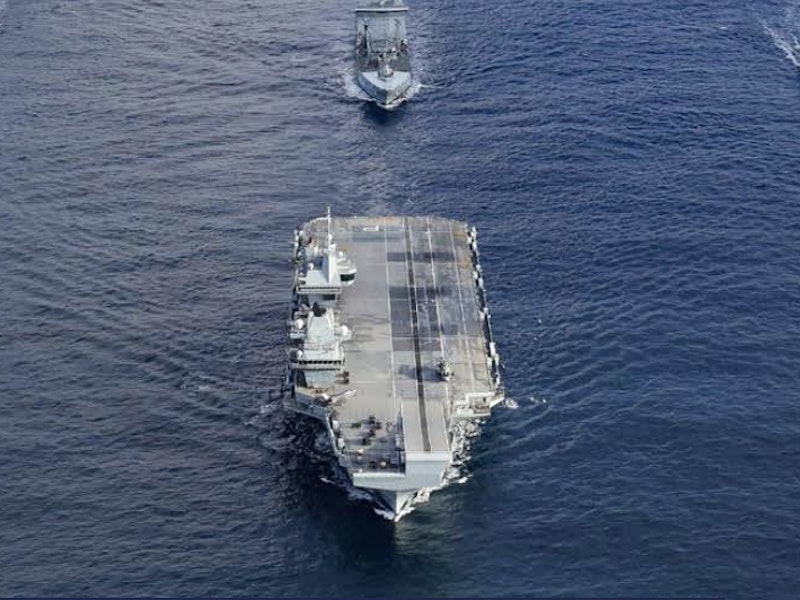
How should the Royal Navy look and operate in the 2040s?
Rob explored the changes that AI will herald, noting how the technology will drive decision advantage with rapid targeting cycles and a pre-emptive edge in the information domain, as well as its crucial role in enabling leaner crewing and the synchronisation of crewed and uncrewed systems.
Read Rob's contribution in full below, or find his and the other experts thoughts here.
Focused investment in modern ‘unified data infrastructure’ today will ignite the most significant evolution of organisation, culture, lethality, and precision in the Royal Navy’s history, providing the technological underpinning for the force to harness the explosion of potential in artificial intelligence (AI).
A truly software-defined, data-driven navy of the 2040s will be operating in an Indo-Pacific orientated, mature information age, where global shipping volumes may have tripled. Continuous innovation and adaptation will be propelled by an intimate, symbiotic relationship with industry. Responsible autonomy will be the norm, enabling leaner crewing and the seamless synchronisation of crewed and uncrewed systems across all domains, interoperable with allies and other joint force elements to deliver substantial mass and effect.
Individual platforms will deliver much greater impact in terms of the physics of warfare – operating sustainably over greater distances, with lower logistics burden, and packing significantly greater ‘punch’. AI will drive decision advantage with rapid targeting cycles and a pre-emptive edge in the information domain. Effective strategic deterrence will be as much about rapidly developing and fielding emergent AI models as warheads on undetectable submarines. The AI-enabled, software-driven Royal Navy of the 2040s will be disproportionately more effective, not materially larger.









